Growth of E-commerce Platforms
The growth of e-commerce platforms is transforming the Men's Jewelry Market by providing consumers with unprecedented access to a wide array of products. Online shopping has become increasingly popular, with a reported 40% of jewelry sales now occurring through digital channels. This shift allows consumers to explore various styles and brands from the comfort of their homes, thus expanding the market reach for retailers. Additionally, e-commerce platforms often feature personalized shopping experiences, which can enhance customer satisfaction and loyalty. As technology continues to advance, the potential for further growth in online sales remains substantial.
Emergence of Customization Trends
The emergence of customization trends is reshaping the Men's Jewelry Market, as consumers seek unique pieces that reflect their individuality. Customization options, such as engraving and bespoke designs, are becoming increasingly popular among male consumers. This trend is supported by data indicating that 35% of consumers are willing to pay a premium for personalized jewelry. Retailers are responding by offering more customizable options, which not only enhances customer engagement but also drives sales. As the demand for personalized products continues to rise, the market is likely to see a significant shift towards bespoke offerings.
Influence of Celebrity Endorsements
Celebrity endorsements play a crucial role in shaping consumer preferences within the Men's Jewelry Market. High-profile figures, including actors, musicians, and athletes, are often seen sporting various jewelry pieces, which significantly influences public perception. This trend appears to drive sales, as consumers tend to emulate the styles of their favorite celebrities. Recent data indicates that brands associated with celebrity endorsements have experienced a 25% increase in market share. As more celebrities adopt jewelry as part of their personal brand, the market is likely to see continued growth, with an emphasis on unique and statement pieces.
Sustainability and Ethical Sourcing
Sustainability and ethical sourcing are becoming essential considerations within the Men's Jewelry Market. As consumers become more environmentally conscious, there is a growing demand for jewelry made from sustainable materials and ethically sourced gemstones. Recent surveys indicate that 60% of consumers prefer brands that prioritize sustainability. This trend is prompting manufacturers to adopt more responsible practices, which can enhance brand loyalty and attract a broader customer base. As the market evolves, the emphasis on sustainability is likely to shape product offerings and influence purchasing decisions.
Increasing Acceptance of Men's Jewelry
The increasing acceptance of men's jewelry is a pivotal driver in the Men's Jewelry Market. Traditionally, jewelry has been perceived as a feminine accessory; however, this perception is evolving. Men are increasingly embracing jewelry as a form of self-expression and personal style. This shift is evidenced by a reported 30% increase in men's jewelry sales over the past three years. As societal norms continue to change, the demand for diverse styles, including bracelets, necklaces, and rings, is likely to rise. Retailers are responding by expanding their collections to cater to this growing demographic, thus enhancing the overall market landscape.



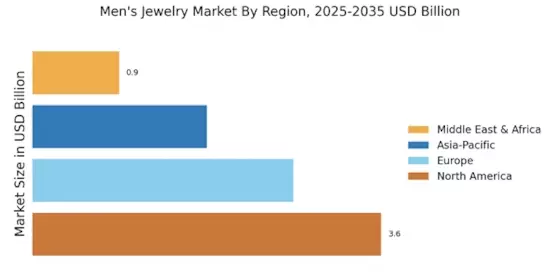
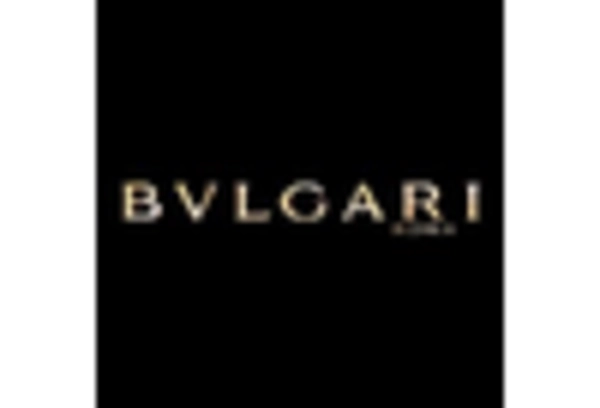

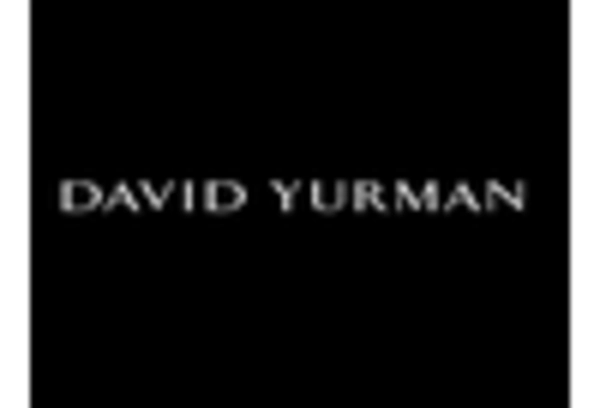

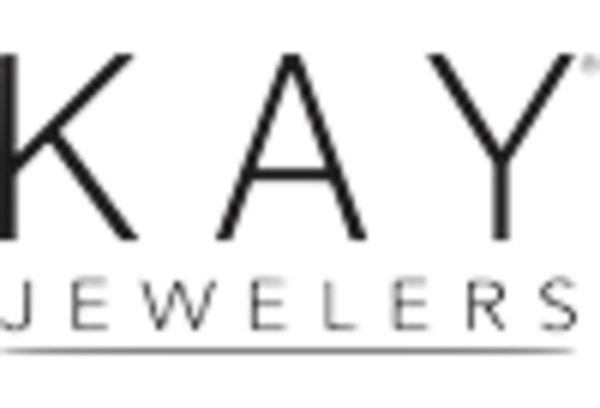
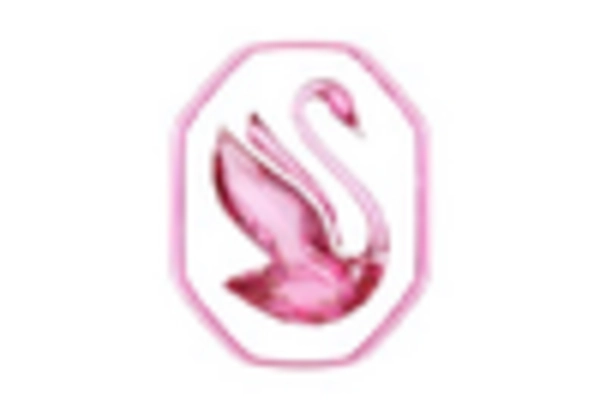
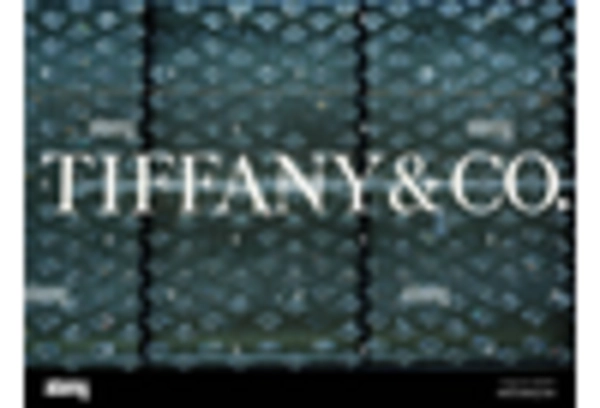
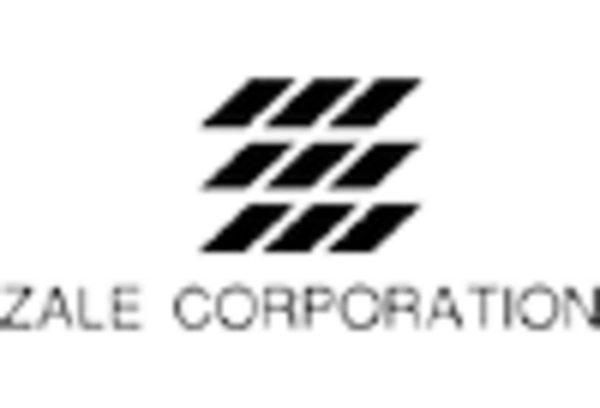








Leave a Comment